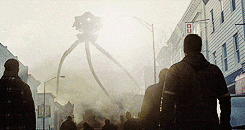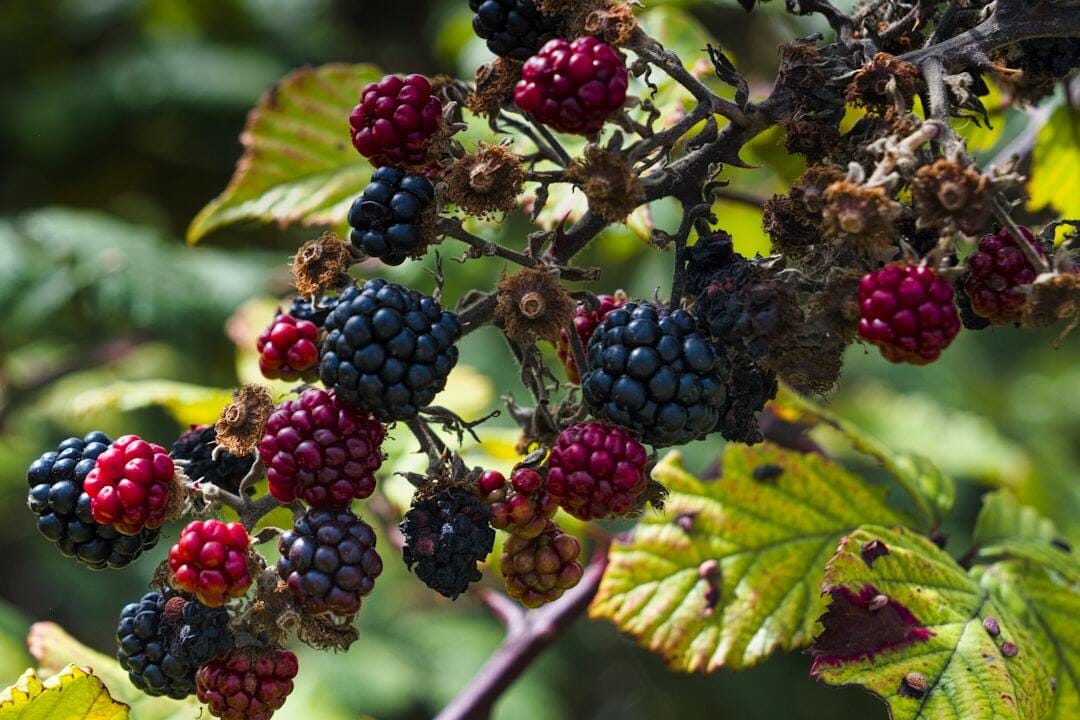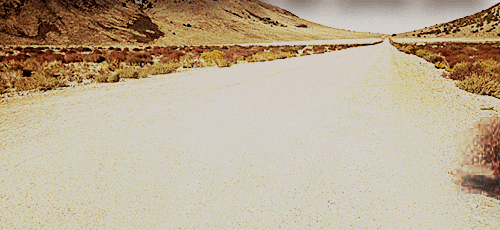- Science, Please
- Posts
- Neurotic robots, weather sharks, and drinking stars
Neurotic robots, weather sharks, and drinking stars
Plus: how not to do blackberry foraging
Hello, friends!
Sorry I’m late! Let’s get into it.
Coming up:
🦈 why sharks have become the latest weather researchers
🤦🏽 why we thought there were canals on Mars for nearly 100 years
🧄 why garlic might not protect against vampires (there’s science here, honest)
Let’s go!
read all about it
Biologists are using sharks to predict where hurricanes will hit: “The hope is that as the [monitor-wearing] sharks swim through the ocean, they will collect temperature readings and other information that can be used to predict the power and trajectory of Atlantic hurricanes.” (Washington Post)
Researchers immunised mice against flu by flossing their teeth: “Once they’d figured out to floss a mouse’s teeth – turns out, it’s a two-person job – they set up a flossing schedule to expose 50 mice to an inactive flu virus… the mice that had been vaccinated via the floss had a strong immune response.” (Live Science)
People like hanging with extroverted robots, but find neurotic ones more relatable: “We found a lot of joy and fun in seeing that [neurotic] personality,” said Sarah Sebo, computer science researcher and one of the authors of the study. “But at the same time… I think there’s also a question of when this would actually be helpful.” People don’t want to buy a robot car that sounds unsure, said robotics professor Lionel Robert. (NPR)
that time when…
we thought there were canals on Mars (31 July 1954)
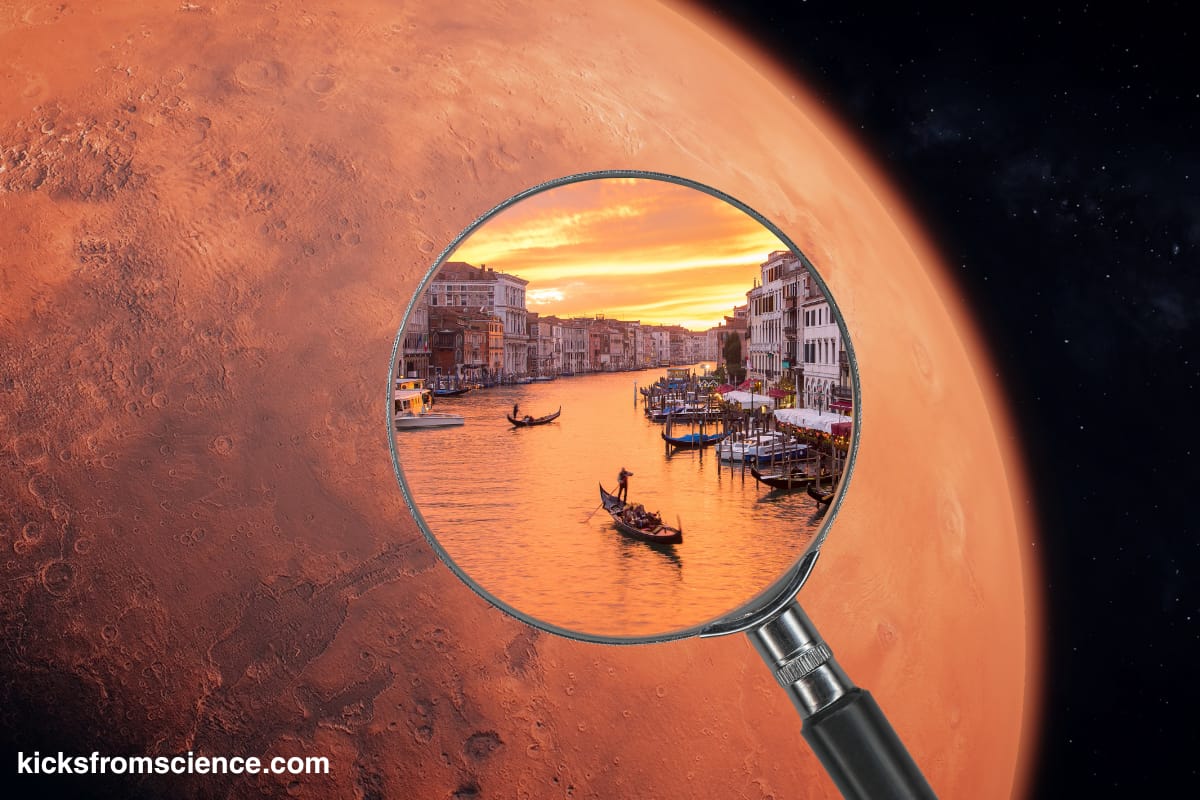
The “canals” were thought to provide irrigation to the planet’s arid surface. NB: No gondolas were spotted in these early observations. Montage by Leonie Mercedes
The Martian “canals” were first observed by Italian astronomer Giovanni Schiaparelli in 1877, but sightings of the phenomena were still reported into the 1950s as seen in this Science News Letter report.
“The Martian ‘canals’ look like ‘continuous streaks’ on the red planet’s surface, [said] Dr H. Percy Wilkins, fellow of the Royal Astronomical Society and world authority on the moon,” the report reads.
Dr Wilkins had just returned from a six-week tour of different observatories in the US, where he’d spent some time viewing Mars with a 60-inch reflector telescope. “With that instrument, he said, he saw the so-called canals ‘distinctly’,” the report continues.
We now know the canals to be an optical illusion – there are no canals on Mars – so why were we fooled for so long? It might be a case of us repeatedly seeing what we wanted to see, and during a time of brewing excitement about the red planet (see The War of the Worlds, which was published at the end of the 19th century).
We’d also latched onto a mistranslation: when Schiaparelli first noticed the faint, straight lines on the planet’s surface, he called them canali, meaning “channels”, but this was often translated into English as “canals”, suggesting they were human-made.
It was only in 1965 when NASA’s Mariner 4 swung by the red planet, sending back pictures of a decidedly un-canalled surface, that we dropped the idea.
It’s worth noting here that most astronomers could not see the canals, and many doubted their existence. What had the other astronomers seen, then?
It may have been chance alignment of features on the Martian surface, or in the case of astronomer Percival Lowell, who discusses the canals at length in his 1895 book Mars, reflections in the telescope of the blood vessels in his own eyes. Must’ve been fun while it lasted, though.
what’s happening this week?
Your agenda for Monday 28 July – Sunday 3 August.
All times are BST, and all sky views are from London.
look around you
🔭 in a sky near you: If you’re out late, keep an eye out for Saturn this week and into August – it’ll rise in the east at about 11pm tonight.
And if you find yourself in a place with a lot of sky away from street lights, see if you can catch some shooting stars – the Delta Aquariid meteor shower peaks tonight, and there could be up to 25 meteors an hour. See this guide to spotting them by the Royal Observatory.
👀 closer to Earth: It’s time for blackberries. Head to your local bramble to admire the ripening of these fruits, going from green to red to purple to that deep, glossy black. There are more than 300 microspecies of bramble in the UK, a result of their ability to reproduce sexually and asexually. Their flavour depends both on their microspecies and their growing conditions.
If you fancy a forage, please don’t do what I’m about to describe here. It’s one of my earliest memories of blackberries, indelibly formed when I was about 7. If you’re not a fan of tales of childhood upset, feel free to skip to you can come back in now. If you’re into it, strap in.
don’t eat them until i say
While I was of primary age (4 to 10), I went to a “playcentre” every day after school where all the kids with working parents went to play games, make things out of pipecleaners, create dance routines to jungle bangers or hang in the playground before being picked up at 7. It was brilliant and I loved it.
The playground, being in central London, was concrete on one side, while the other side with all the climbing frames and other apparatus in it had a layer of “tambark” (sic: apparently this stuff is actually called tanbark) on the ground so you wouldn’t split your head open if you came off the swings, you’d just get a bunch of splinters in your face.
On the concrete side of the playground was a wire fence separating us from the residential garden behind, and stretching through that wire fence was a blackberry bush.
This was magical for us tiny Londoners – stuff growing in the playground that we can actually *eat*? Like, sweet stuff? Under the watchful eye of one of the ‘Adults’ (I wish I could remember more names), we picked the good ones off the bush, taking care not to squash the delicate fruit with our eager fingers while minding the many, many thorns.
Under no circumstances were we to eat them. No! No eating them until they’d been checked and thoroughly washed by an Adult.
We obeyed, of course. The prize was too good.
We delivered our bounty of blackberries to the kitchen, exactly as asked, not a single one having passed our lips. Handfuls of gorgeously shiny, plump black fruits tumbled onto the worktop for inspection. We waited.
The berries were checked, washed, and dropped onto kitchen paper. They were ready. It was time.
But before we could tuck in, there was just one more thing.
One of the Adults (ok, let’s call him… Neil) opens a cupboard, pulls out a can of Saxa, and pours a long ribbon of table salt straight onto the piles of our lovingly picked blackberries, rendering them inedible.
At the time, I think it was related to us that this aggressive saline intervention was for hygiene reasons, but to this day – and I do think about this from time to time – I still don’t completely understand what happened there. Maybe it was meant to be a lesson in managing disappointment.
🫣 you can come back in now
Anyway, go get your blackberries and eat every last one of them out of defiance.
online talks and events
No online talks or lectures that I could find this week.
we finally know…
that garlic does not protect against vampires*.
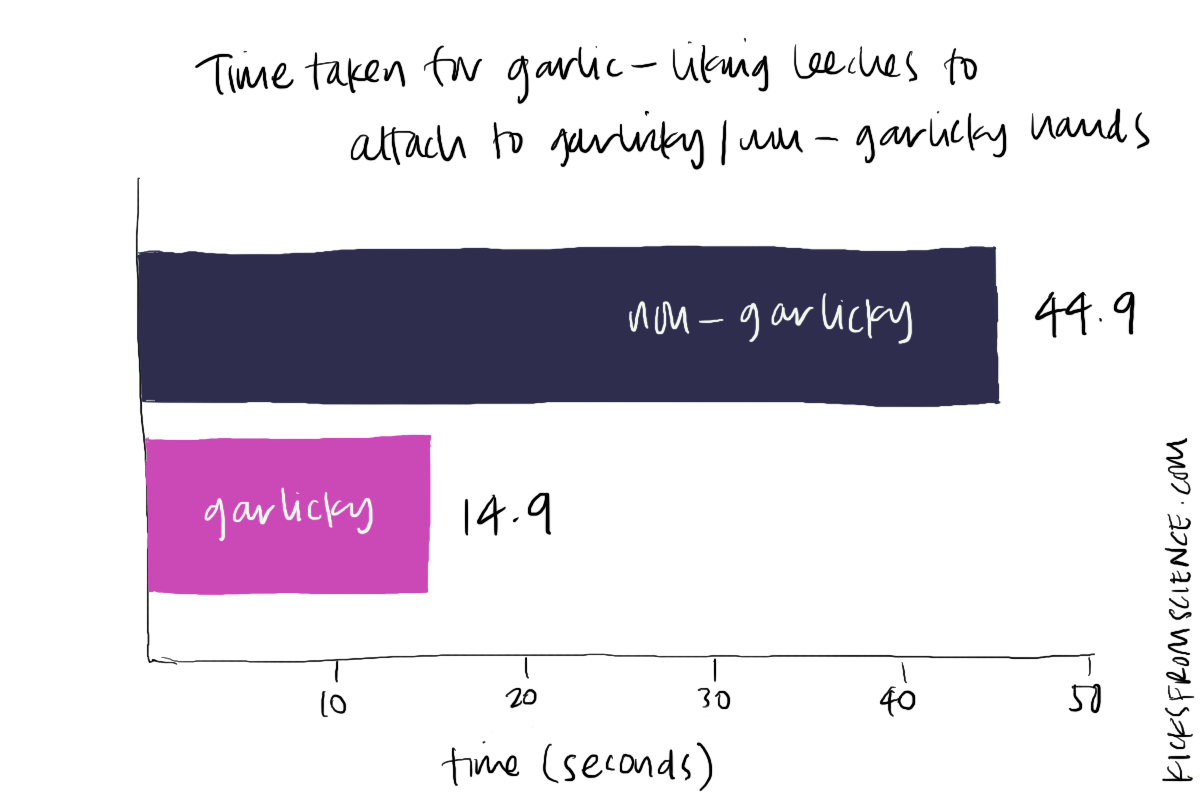
“The traditional belief that garlic has prophylactic properties is probably wrong. The reverse may in fact be true… Therefore to avoid a Balkan-like development in Norway, restrictions on the use of garlic should be considered,” the paper reads. Visualisation by Leonie Mercedes
*leeches. “Owing to the lack of vampires, we used leeches instead,” the paper authors explain.
To test the effectiveness of garlic as a prophylactic against blood-suckers, the researchers measured how long it would take a leech to attach itself to a hand vs. a garlic smeared hand. (The hands were, I assume, attached to a living human body.)
In two out of three cases, the leeches preferred the garlicky hand, and attached themselves more rapidly to it.
Source: Sandvik H, Baerheim A. Beskytter hvitløk mot vampyrer? En eksperimentell studie [Does garlic protect against vampires? An experimental study]. Tidsskr Nor Laegeforen. 1994 Dec 10;114(30):3583-6. Norwegian. PMID: 7825135.
we need answers
Last week I asked:
Under what system does mathematics = DX, logic = CLX, and medicine = DCX?
The answer is… the Dewey Decimal System. Under this favourite method of organising books, works on mathematics fall under 510, or DX in Roman numerals, books on logic are in the 160s (CLX), and medicine and health tomes start at 610 (DCX).
until next week…
“Come quickly, brothers, I am drinking stars!”, a 17th century monk is said to have cried to his brethren after making a discovery. What had he just happened upon? (And for bonus points, what was his name?)
Answer comes next week. See you then! x
